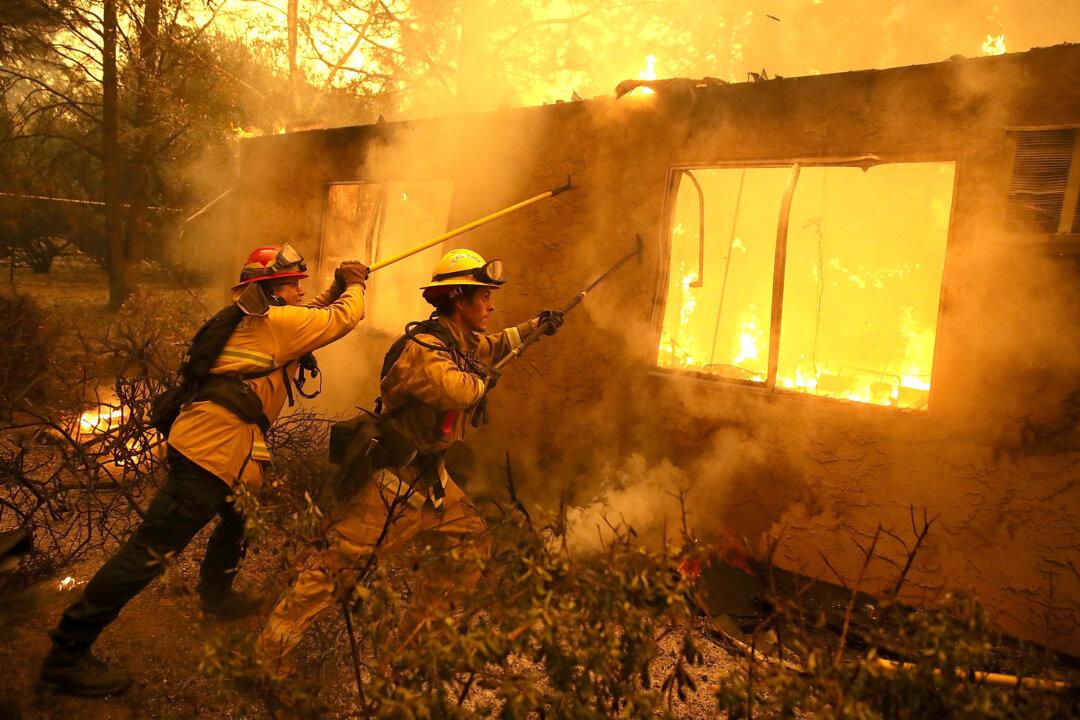Policy adaptations announced Sept. 21 by the California Department of Insurance aim to increase availability and bring insurers back to the state, following Gov. Gavin Newsom’s executive order (pdf), issued the same day, requesting the department’s commissioner act to address the state’s insurance crisis.
“It is critical that California’s insurance market works to protect homes and businesses in every corner of our state,” Mr. Newsom said in a press release announcing his order. “A balanced approach that will help maintain fair prices and protections for Californians is essential.”





